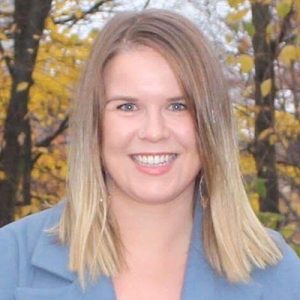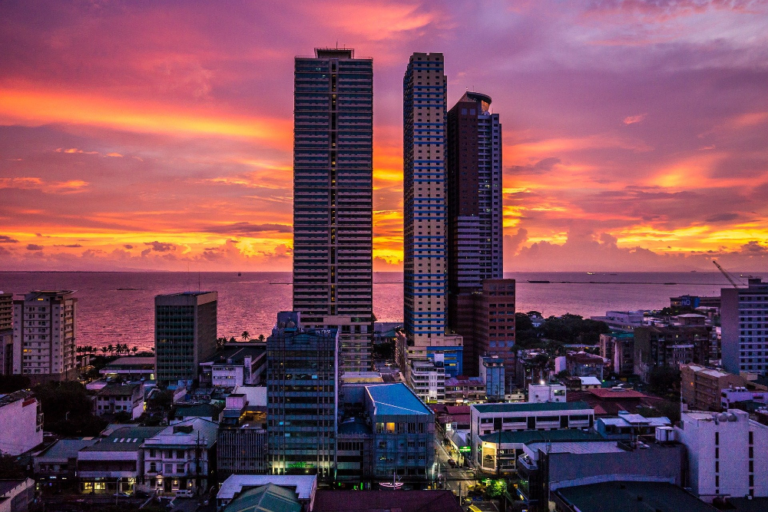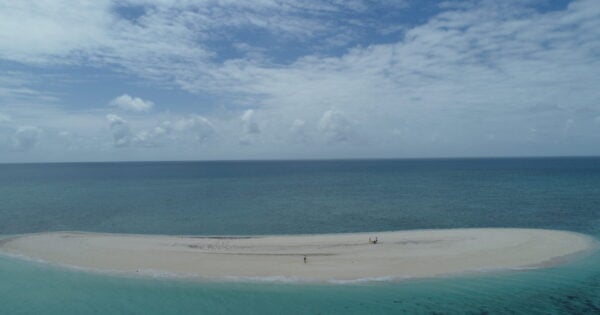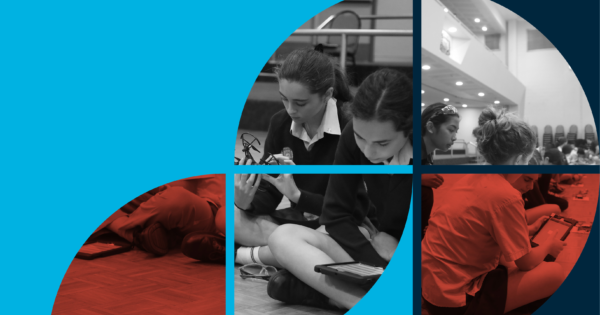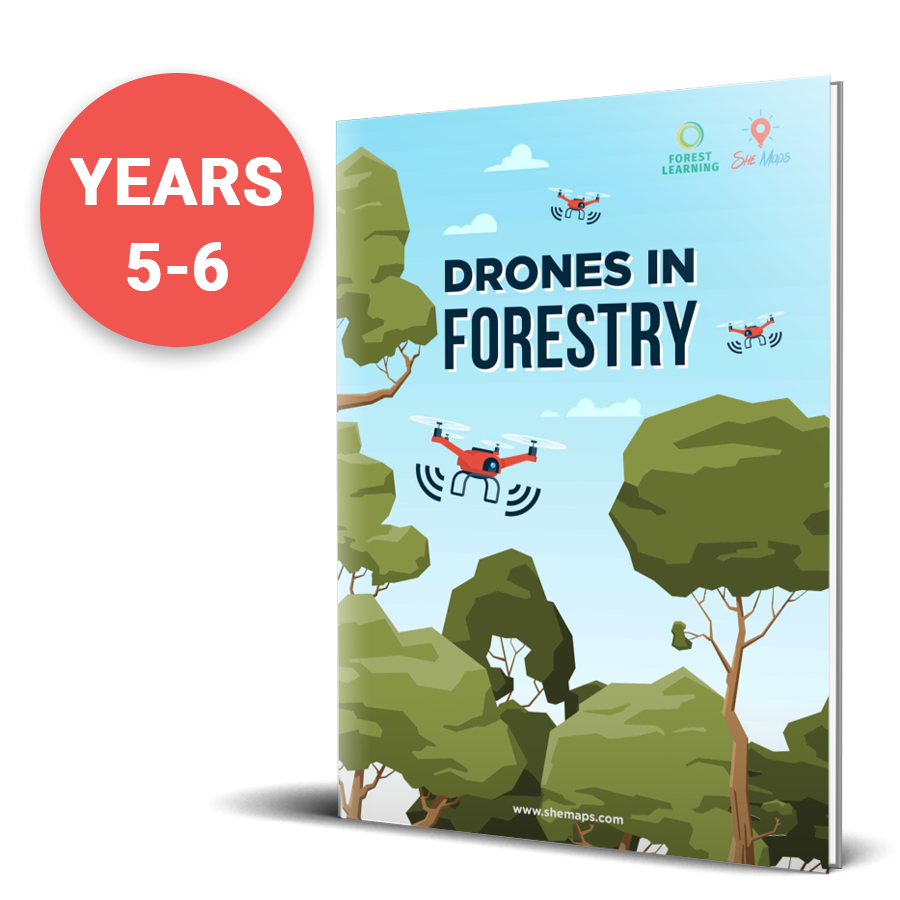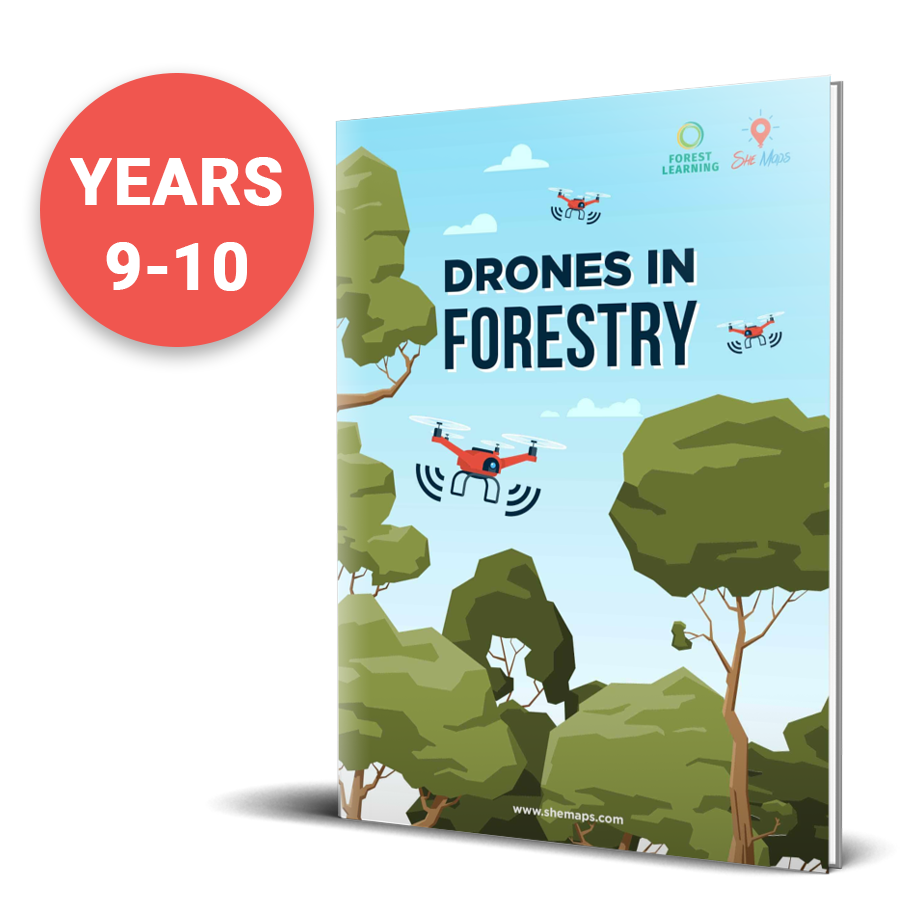An education system doesn’t sit in a silo. On an island. All by itself. It’s a product of the political, social and cultural climate it exists in. And, boy, are we seeing that now with the plethora of decisions our leaders are making about school systems around the world.
Despite the differences, and there are many, there are also deep universal similarities that come with educating kids.
Two months ago, we embarked on a trip to Indonesia and the Philippines as part of our IMPACT program. We trained students, teachers and industry professionals in how to use drones and continue to inspire them to pursue STEM professional development after class or work.
Through countless conversations, observations and moments, we encountered unexpected similarities and unique sets of challenges, from the cultural to the physical realities of educating in different nations.
It’s our hope that by sharing these we can deepen our shared understanding and collective experience as educators.
A small note on why we were in Southeast Asia
She Maps is a Certified Social Enterprise. We commit 50% of our profits to support the development of STEM skills in groups traditionally underrepresented in the STEM workforce.
The Australia-ASEAN Council is a strategic partnership between the Australian Department of Foreign Affairs and Trade and ASEAN, the Association of Southeast Asian Nations. It is in place to generate opportunities for Australian business, education, science, innovation and the arts to work with partners in Southeast Asia. We received a grant as part of the education, science and innovation sector of this partnership to teach and collaborate with students, teachers and industry professionals in Indonesia and the Philippines.
Our IMPACT partner, Flying Labs, was with us in Southeast Asia. Flying Labs facilitates a network of local knowledge hubs in Africa, Asia and Latin America to build on existing expertise in drones, data and AI. This expertise enables local solutions to growing challenges in these areas.
The Education System in Indonesia and the Philippines
To fully understand the similarities and differences teachers in Indonesia and the Philippines experience, we need to take a look at their education system. We’re not going to pretend that this article thoroughly covers these. As anyone who has worked in education knows, that requires a novel.
Many nations across Southeast Asia struggle to keep up with OECD levels of education. Improving education has been an intense focus in this region, particularly in the last 15 years.
Both Indonesia and the Philippines have seen huge increases in enrollment at secondary school over the last 15 years. Initiatives to assist with education generally focus on accessibility (to get those enrolment figures even higher) and quality (to ensure that education focuses on necessary vocational and higher education skills, much like in Australia and the United States.)
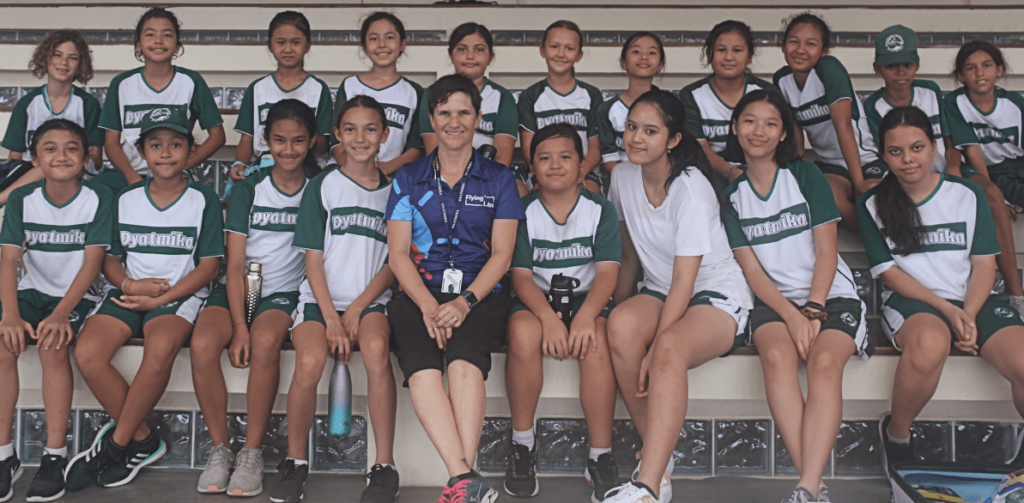
The Education System in Indonesia
The education system in Indonesia is run by both government and private sectors, with private schools, “national plus schools”, generally operating at a higher educational standard. There are also Islamic schools, which are often found in rural areas.
The Indonesian education system has been influenced by the Dutch during the Colonial period from around 1870 until the 1930s; the Japanese during the occupation in WWII; and finally the independent Indonesian government from 1945 onwards that sought to build a more equal education system free of elitism.
These are some statistics from Unicef and ASEAN to help paint a picture of the very real improvement that has been made, as well as the areas that need more assistance:
- The enrollment rate in secondary schools (measured by a ratio of enrolled students to total population of secondary age children) significantly increased in 2006-2017 from 57.5% to 78.7%.
- While this is an increase, it still means that 4.4 million adolescents are not in high school. This is disproportionately skewed towards poorer households and areas and children with disabilities.
- The adult literacy rate has significantly improved over the last two decades to 95.5% as of 2019.
- The enrollment rate in primary schools (measured by a ratio of enrolled students to total population of primary age children) increased in 2006-2017 from 93.5% to 97.2%.
- Enrollment by gender is very balanced.
- The pupil to teacher ratio is around 16-17 throughout school (the lower the number, the more access students have to teachers). Depending on your source, this number sits around 13-15 in the United States and Australia.
- Nearly a quarter older teenagers are not in any kind of employment, education or training.
- Less than half of high school students are at a minimum proficiency level in reading.
Sources:
Unicef | Indonesia – Education and Learning
ASEAN Key Figures 2019
Who we worked with in Indonesia
When we train overseas with our IMPACT program, we look for partners that will help to make our programs sustainable so that they can be implemented and scaled into these schools. Just like in Australia, we don’t want to be a ‘fly in, fly out’ program. A Government organisation was a natural fit for us to enable this. We worked closely with the QITEP in Science team in Bandung. QITEP stands for Quality Improvement in Teacher and Education Personnel. By increasing the capability and skills of people who have an ongoing influence in that nation’s education system, we ensure our impact is significantly more sustainable.
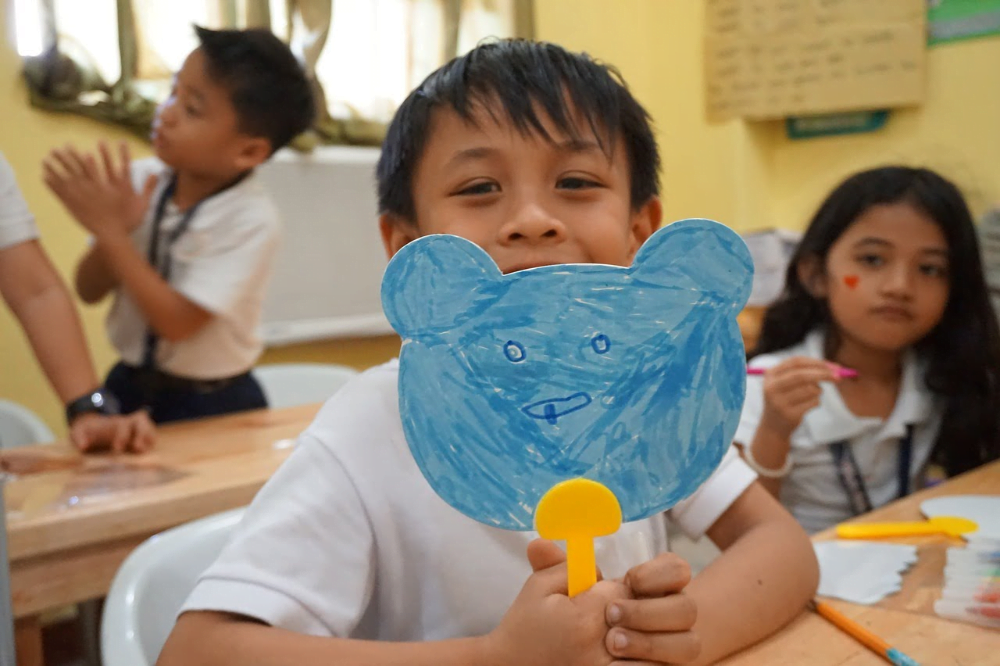
The Education System in the Philippines
Like Indonesia, the Philippines has a mix of public and private schools with the vast majority of Filipino children attending a public school.
The Filipino education system has been influenced by the precolonial period focused on vocation and learning via oral tradition; the religious influence of the Spanish period, from the 16th to 19th Centuries; then the American period from 1898-1946, which saw the emergence of public high schools. Many schools closed during the second half of WWII with the Japanese occupation. From around 1947, the Third to Fifth Republic saw Filipinos start to create their own public policy on education; and finally the 21st Century introduced major changes, including the adoption of the K-12 Program.
It’s important to consider these lengthy and complicated histories when we look at these statistics and the challenges this country has faced and still faces:
- The enrollment rate in primary schools (measured by a ratio of enrolled students to total population of primary age children) significantly increased in 2006-2017 from 76.4% to 94.2%.
- The enrollment rate in secondary schools (measured by a ratio of enrolled students to total population of secondary age children) significantly increased in 2006-2017 from 45.4% to 76%.
- But, only 78% of all Filipino children complete basic education.
- The adult literacy rate has significantly improved over the last two decades to 96.5% as of 2019.
- Enrollment by gender is very balanced in primary school and skewed towards a higher ratio of females than males in secondary school.
- The pupil to teacher ratio is around 31-35 throughout school (the lower the number, the more access students have to teachers). This is one of the highest rates in Southeast Asia. Depending on your source, this number sits around 13-15 in the United States and Australia.
Sources:
Unicef | Philippines – Education
ASEAN Key Figures 2019
Who we worked with in the Philippines
In the Philippines, we partnered with local organisation, the Philippines Flying Lab, which is affiliated with international organisation WeRobotics, who has Flying Labs around the world. The Flying Labs provide a local context to local problems, and seek to solve these through technology, namely drones. Part of their program involves youth engagement. So we supported this by training their youth engagement team in how to use our program to teach STEM skills using drones. Read here for more information.Unique Challenges in Education in Indonesia and Philippines
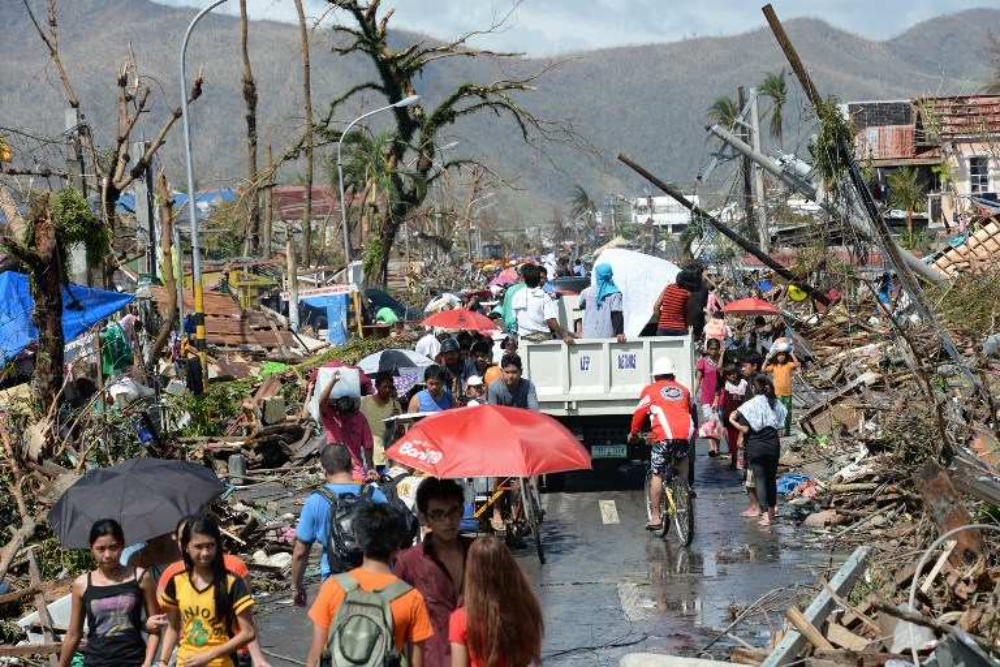
Widespread and Ongoing Disruption Caused by Natural Disasters
The Philippines and Indonesia are some of the world’s most natural disaster-prone areas. Flooding, earthquakes, typhoons, landslides, tsunamis, and most recently a volcano. This causes devastating disruption and trauma including loss of life, long-term damage to the nation’s economy, and the lack of basic needs. In natural disasters, schools are often used as places of refuge because of their size and facilities.
To give you an example, in 2013, three weeks after Typhoon Yolanda, 59% of evacuation centres were schools. Classes were resumed in early 2014. Since then, a law has been brought in that only permits the use of a school as an evacuation centre where there is no other available place. The ongoing effect of this is that teachers and students end up having to spend extra hours in school to make up required school days and achieve educational standards.
It doesn’t matter where we visit, the reactions to drone education and flying drones is one met with excitement, but also a bit of ‘can I do this?’ Often though, for those in rural or remote regions in countries like the Philippines and Indonesia, the practical applications of drones and how they can be used to assist in these very real challenges can be seen almost instantly, just like those from rural and remote parts of Australia.
It’s likely that we’ll see this pick up in other countries as the need for solutions in the face of natural disasters and climate science increases. It was heartening to see that students, teachers and industry professionals were connecting the dots quickly and seeing that, even as a single person, they can play a part in the integration of this technology into society.
Cultural Differences in the Education systems in Indonesia and Philippines
Throughout history, teachers have played different roles in society, particularly in terms of their authority and the respect it commands. Every country has sociocultural differences in how they relate to teachers. And within each country, there are a myriad of nuanced differences based on area, background and status.
In Philippines and Indonesia, we noticed an incredibly high level of respect for teachers and adherence to what they say. We almost always have very high levels of engagement for our She Maps programs when we run them. Sometimes, we do need to work a little harder to get student’s attention (apparently listening to safety briefings isn’t as fun as flying drones).
In Indonesia and the Philippines, the same level of excitement with the students and teachers was there. One challenge we did find though was the language barrier, but this is the beauty of technology such as drones — with some simple demonstrations, scaffolded learning, and working in groups, students were able to work through the challenges we set.
The hospitality in Southeast Asia has to be one of the most friendly and generous in the world. In every location we were hosted amazingly well. We ate like kings and queens for the time we were away, picked up by drivers, and given gifts and souvenirs. It made us understand more about what it is like to truly host someone when they come to visit!
Physical Environment for Drone Education Setup
On the whole, we find most teachers in Australia and the United States will run large drone lessons in the school gymnasium or hall. Sometimes in regional or remote parts of Australia, a large undercover area, with netted sides and no air conditioning is the solution.
In Indonesia and the Philippines, the infrastructure was a mixed bag. But again, the ability to adapt the program to the location is a big part of what we do. In Jakarta, we had an indoor (non-aircon) footsal pitch, but in Bandung we had a great air-conditioned large conference room. Just like in Australia, the more rural and remote an area is, the more likely it is that teachers and schools need to come up with inventive solutions.
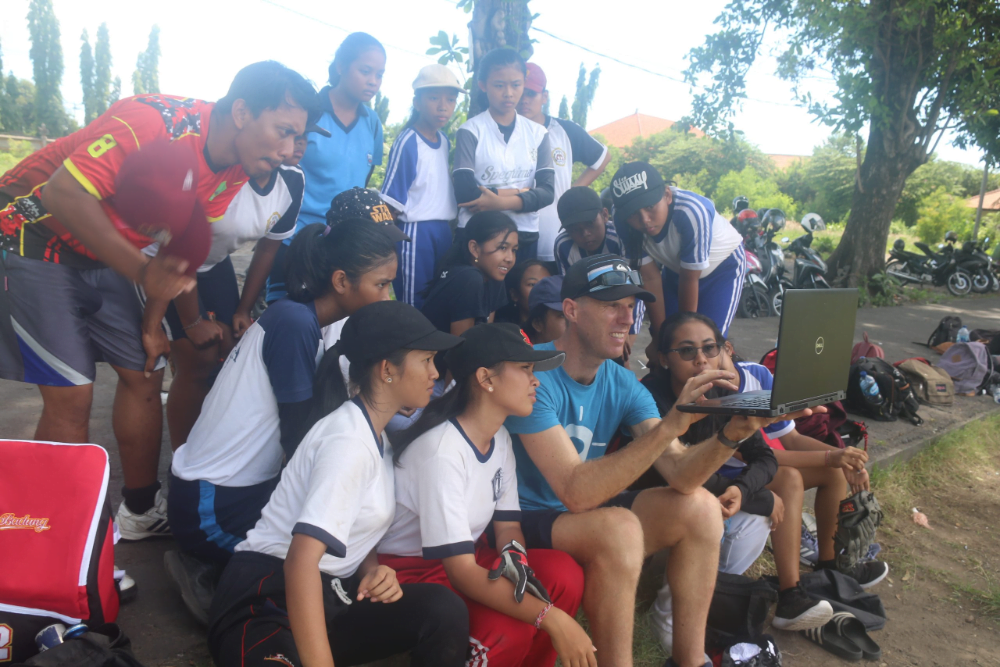
The Similarities Between and How we Educate Run Deep
We noticed that a lot of the challenges that teachers in Australia and the United States tell us they face are the same as here (although to differing degrees), such as how crowded the curriculum is, access to budgets for new equipment, and class sizes.
Kids are Kids and Learnings are Learnings
Probably what always strikes us the most about holding STEM teacher training programs with drones abroad is just how universal it is. Ultimately, kids are kids and they get seriously excited when there’s a drone flying in the air, whether they’re in central Sydney or a remote province of Indonesia.
And the learning outcomes are the same. By that, we don’t mean the official government-mandated learning expectations as these change from country to country. We mean that we see the same process happen:
- Kids see the drone fly.
- They realise how to use coding to map the course of the drone.
- They take images and then analyse the data.
- They share it with, well, everyone. Drones are exciting! See how we run STEM in Indonesia’s baseball program here.
The same cogs are turning!
Geographic location doesn’t stop the same cogs turning in the minds of students.
When we were in the Philippines, we saw this with the group of kids from Pampanga, a regional town. Many of these kids had limited access to technology and certainly hadn’t flown a drone before. But they were adept at working with each other to solve problems, probably much more than students in Australia are. They were often crowded around the iPads, solving the problems, and excitedly talking in Filipino when they figured out the next step. Just like students in Australia, though their persistence with the coding, to get their drone mission just right, was great to see.
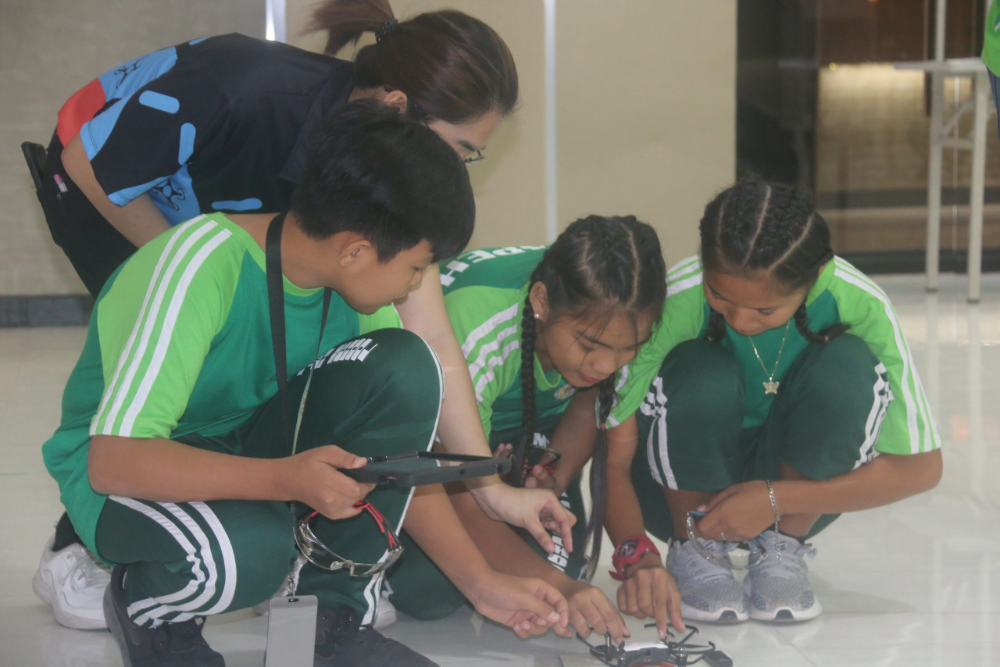
Feeling Overwhelmed About Starting out with Drone Education
We also noticed a similarity in feeling overwhelmed at times. This is generally directed at introducing digital technologies in the classroom. So many of our participants in the Philippines and Indonesia were incredibly apprehensive before they did a She Maps course. It makes a huge amount of sense given that people don’t know what their skill level is going to be before they use it. Flying safely and being in control of a relatively expensive piece of technology is intimidating when you’re starting out.
Fortunately, microdrones are a piece of cake. Or a piece of murtabak if we’re in Indonesia. The safety rules are simple and easy to adhere to. It’s pretty difficult to break a microdrone, even if you crash it. And we find most people get used to the controls after their first few flights. Put it this way, we’ve never seen someone get totally out of control flying a microdrone.
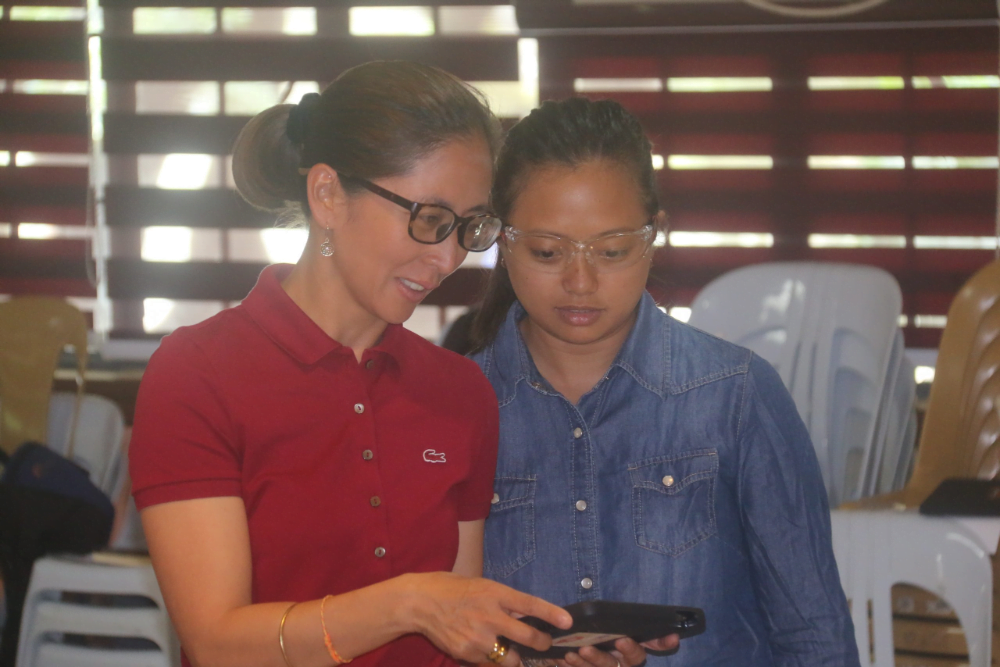
Funding Challenges for Teachers
Another similarity we noticed were the funding challenges around digital technology. Particularly in the public sector, it’s not always up to the individual teacher how their budget is spent. Department Heads and Principals have a responsibility to invest in technology that is going to last and that’s going to be highly valuable for students in the future.
Depending on the school, sometimes these individuals take some convincing, which places time and career pressure on teachers to do this. We are currently working on some resources to help teachers eliminate this barrier. If you have experience with this, we would love to hear from you via email.
Ultimately, similarities can be found in the most unlikely places. A teacher in the huge urban sprawl of Bandung, Indonesia, surrounded by high volcanic peaks and tropical hills can experience the same challenges as a teacher in tiny, rural Goondiwindi in Queensland, Australia.
As we’re all discovering at the moment, there’s something very comforting about these shared experiences.

